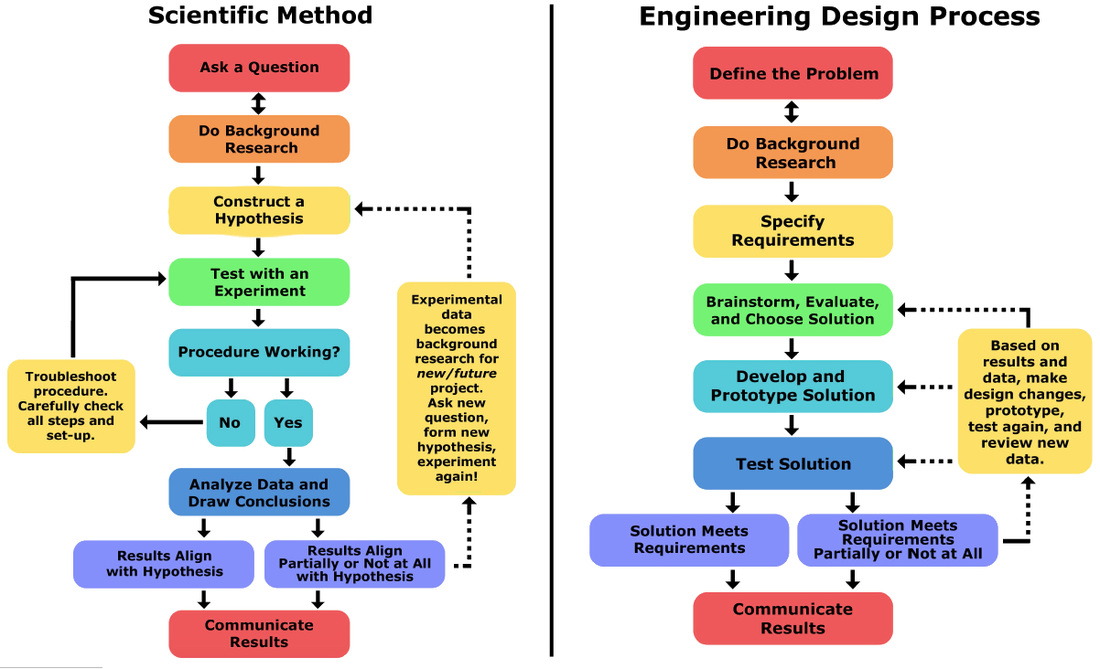

Previous approaches in the literature to remedy this problem require time-consuming simulations to calibrate decision thresholds. A major drawback of Bayesian t tests, however, is that error probabilities of statistical decisions remain uncontrolled. In contrast to NHST, they allow for the quantification of evidence in favor of the null hypothesis and for optional stopping. (PsycInfo Database Record (c) 2020 APA, all rights reserved).īayesian t tests have become increasingly popular alternatives to null-hypothesis significance testing (NHST) in psychological research. An R Shiny web application is provided for simplified application of the proposed procedures. Using this approach, resources can be saved such that the application of RRMs becomes more feasible.

In contrast to nontruncated sequential designs, the curtailed sampling plan includes the definition of a maximum sample size and subsequent prevalence estimation is easy to conduct. The present work aims at countering this drawback by combining RRMs with curtailed sampling, a sequential sampling design in which sampling is terminated as soon as sufficient information to decide on a hypothesis is collected. On the other hand, this randomization increases the sampling variance and, therefore, increases sample size requirements. This anonymity protection is achieved by implementing randomization in the questioning procedure. Randomized response models (RRMs) aim at increasing the validity of measuring sensitive attributes by eliciting more honest responses through anonymity protection of respondents. All examples including data and annotated analysis scripts are provided at the Open Science Framework (). The second part introduces hierarchical MPT modeling which allows researchers to account for individual differences and to estimate the correlations of latent processes among each other and with additional covariates using the TreeBUGS package in R.
#SEQUENTIAL TESTING PROCESSING SOFTWARE#
The first part covers the required data structures, model equations, identifiability, model validation, maximum-likelihood estimation, hypothesis tests, and power analyses using the software multiTree.
#SEQUENTIAL TESTING PROCESSING HOW TO#
In this tutorial, we explain how to develop, fit, and test MPT models using the classical pair-clustering model as a running example. Before applying MPT models to specific psychological theories, it is necessary to tailor a model to specific experimental designs. Multinomial processing tree (MPT) models are a class of cognitive models for discrete responses that allow researchers to disentangle and measure such processes. Many psychological theories assume that observable responses are determined by multiple latent processes. Finally, we discuss benefits and limitations of sequential MPT analysis. We evaluate the properties of the proposed test procedures by means of simulations. Moreover, a large-sample approximation, based on ML theory, is presented for typical MPT models with more than one unknown parameter. We illustrate the SPRT approach to statistical inference for simple hypotheses in single-parameter MPT models. As a consequence, SPRTs typically require only about half of the Neyman–Pearson sample size without compromising error probability control. Unlike Neyman–Pearson tests, sequential tests continuously monitor the data and terminate when a predefined criterion is met. Herein, we propose sequential probability ratio tests (SPRTs) as an efficient alternative.

Classical test procedures such as Neyman–Pearson tests often require very large sample sizes to ensure sufficiently low Type 1 and Type 2 error probabilities. However, a considerable drawback of individual MPT analyses emerges from the limited number of data points per individual, resulting in estimation bias, large standard errors, and low power of statistical tests. Therefore, their use has also been proposed repeatedly for purposes of psychological assessment, for example, in clinical settings to identify specific cognitive deficits in individuals. MPT models allow for estimation of, and statistical tests on, parameters that represent psychological processes underlying responses to cognitive tasks. Batchelder’s seminal contributions in the 1980s and 1990s, multinomial processing tree (MPT) modeling has become a powerful and frequently used method in various research fields, most prominently in cognitive psychology and social cognition research.


 0 kommentar(er)
0 kommentar(er)
